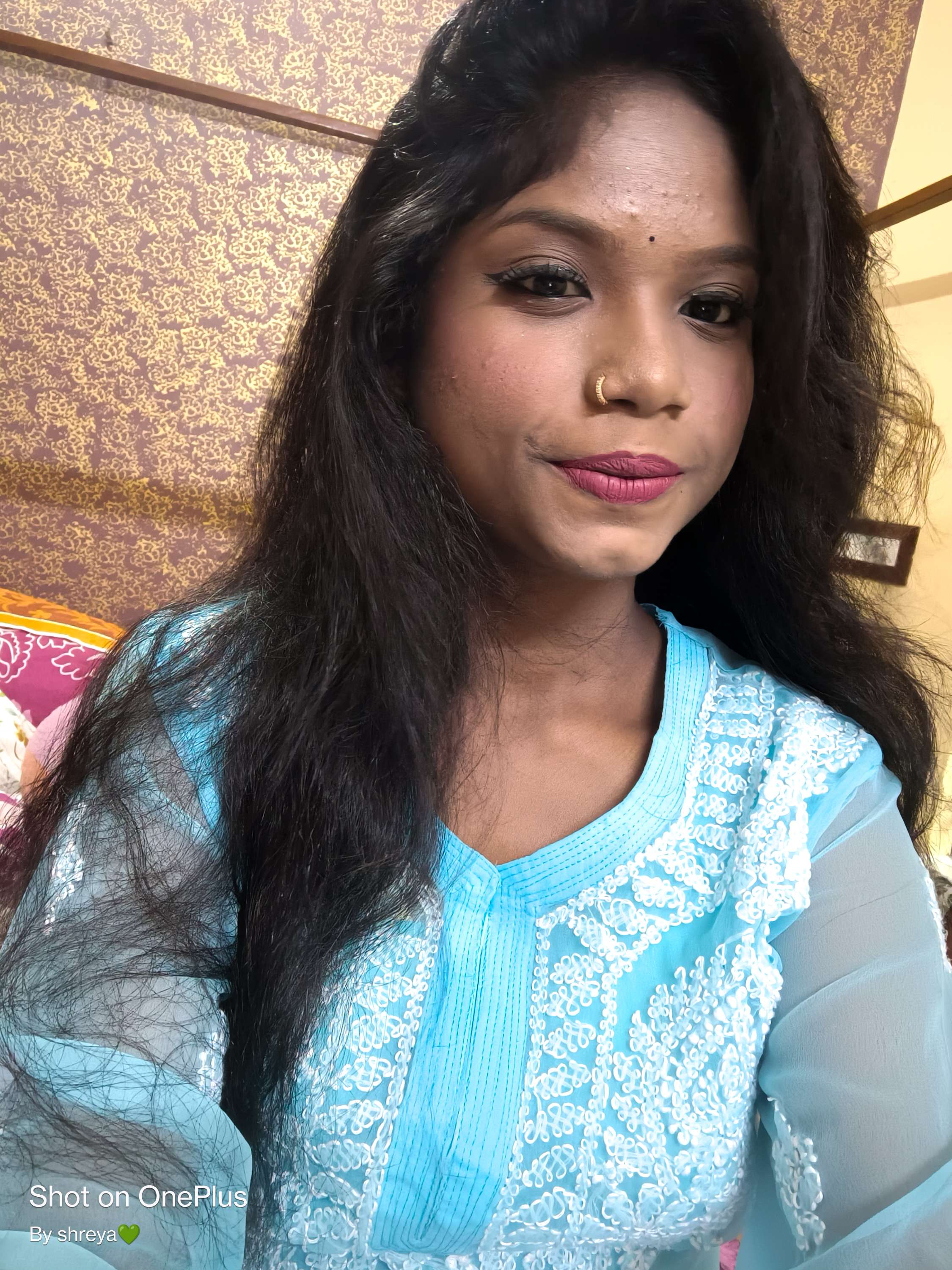RATH YATRA- The festival of chariots
- Shreya Giri
- Jun 28, 2023
- 4 min read
Rath Yatra, or Chariot Festival, is one of the most popular festivals celebrated in India. It is celebrated in honor of Lord Jagannath, who is believed to be an incarnation of Lord Vishnu. Jagannath is a famous deity in Indian mythology and he is worshipped throughout India.

Rath Yatra, also known as the Chariot Festival, is a grand religious procession celebrated in India, particularly in the state of Odisha.
It is one of the most significant and awaited festivals for devotees of Lord Jagannath, an incarnation of Lord Vishnu. The festival involves the pulling of ornate chariots carrying the deities through the streets, accompanied by chanting, singing, and dancing.
Rath Yatra is a vibrant and joyful celebration that attracts millions of devotees from all over the world. This article explores the history, significance, and rituals associated with the auspicious Rath Yatra.
Rath Yatra is observed during the Phalguna month of the Hindu calendar, which generally falls in the months of April-May according to the English Calendar.
Rath Yatra represents the journey of Lord Jagannath, along with his siblings Subhadra and Balabhadra, to his maternal grandfather's home in Gundicha.
History of Rath Yatra
According to Hindu mythology, Lord Jagannath is considered an incarnation of Lord Vishnu. The story behind Rath Yatra is associated with Lord Krishna, who is believed to have given a promise to his dear devotee, King Indradyumna.
The promise was that Lord Krishna would visit the king's kingdom in the form of Lord Jagannath.
It is said that during the Dwapara Yuga (one of the four ages in Hindu cosmology), Lord Krishna spent his last days in Dwaraka before the city was submerged in the sea. After his departure from the mortal world.
Lord Krishna's body was cremated, and his heart remained intact. This heart is believed to have transformed into the idol of Lord Jagannath.
The legend goes that King Indradyumna, who was eager to worship Lord Krishna, received divine instructions in his dream, directing him to carve idols of Lord Jagannath, Balabhadra, and Subhadra from a specific type of wood. The king followed the instructions and got the idols made.
However, he faced a challenge when the divine sculptor, Vishwakarma, disappeared before completing the idols. Undeterred, the king continued with the incomplete idols, considering them to be the divine will.
The idols of Lord Jagannath, Balabhadra, and Subhadra were later installed in the famous Jagannath Temple in Puri, Odisha. It is believed that the deities come alive and interact with their devotees during Rath Yatra.
The historical records of Rath Yatra can be traced back to the 10th century when the festival gained significant prominence under the patronage of the Ganga dynasty rulers of Odisha. Over the centuries, Rath Yatra grew in scale and became a grand event, attracting devotees from different parts of India.

Significance of Rath Yatra
According to Hindu mythology, Lord Jagannath, an incarnation of Lord Vishnu, along with his elder brother Balabhadra and sister Subhadra, leave their main temple, the Shri Mandir in Puri, to visit their aunt's temple for a nine-day period. This journey is symbolized by the Rath Yatra.
The chariot procession symbolizes Lord Jagannath's journey from his temple in Puri to the Gundicha Temple, where he reunites with his sister Devi Subhadra and brother Lord Balabhadra. This reunion is considered a representation of familial love and togetherness.
The festival is also seen as an occasion to experience unity in diversity. Devotees from different backgrounds, castes, and religions come together to pull the chariots, transcending all social barriers.
Rath Yatra is a celebration of inclusiveness and the belief that everyone, irrespective of their status, can directly participate in serving the divine.
On the day of the festival, thousands of devotees assemble near the Jagannath Puri Temple to witness the grand event.
The three chariots, named Nandighosa (for Lord Jagannath), Taladhwaja (for Lord Balabhadra), and Darpadalana (for Devi Subhadra), are pulled through the streets with ropes by devotees. The procession moves to the beat of drums, cymbals, and other traditional musical instruments.
The journey covers a distance of approximately three kilometers and culminates at the Gundicha Temple, where the deities stay for a week.
During this period, devotees offer prayers and seek blessings from the deities. After the week-long stay, the chariots are pulled back to the Jagannath Temple in a ceremony known as "Bahuda Yatra."

Rath Yatra is a vibrant and awe-inspiring festival that showcases the deep-rooted devotion and cultural richness of the people of Odisha. It is an occasion of great spiritual significance, where millions of devotees come together to participate in the chariot procession and seek the blessings of Lord Jagannath.
About the Author
Shreya Giri is a talented SEO content writer with a unique flair for captivating readers. With a bachelor's degree in geography, her passion for crafting exceptional content shines through in every word she writes. Shreya's expertise lies in her ability to seamlessly blend language and storytelling, effortlessly capturing the attention of her audience. She is currently pursuing a Master's degree in geography and has a remarkable talent for transforming intricate concepts into captivating narratives that have a lasting impact. With Shreya, you can expect excellent, captivating content that will keep you engaged from beginning to end.
You can connect with her through-
My-Lekh profile- lekh.com/profile/shreyagiri06/profile LinkedIn profile- https://www.linkedin.com/in/shreya-giri-a0a607265
Email- shreyagiri06@gmail.com





Comments